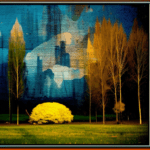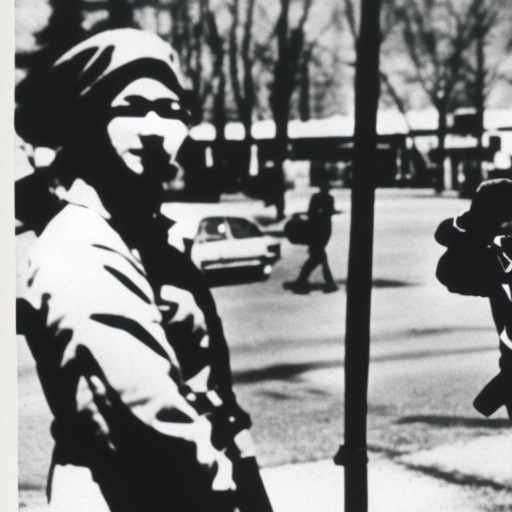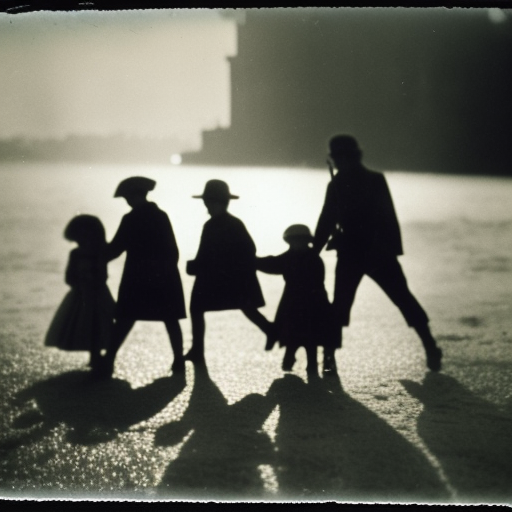The Carolingians: Summary
The Carolingians were a dynasty of Frankish rulers who reigned over the Frankish Empire from the 8th to the 10th centuries. They were named after their most famous and influential ruler, Charlemagne, also known as Charles the Great. Under the Carolingians, the Frankish Empire experienced a period of political stability, cultural revival, and territorial expansion.
Origins and Rise to Power
The Carolingian dynasty was founded by Charles Martel, who became the de facto ruler of the Frankish Kingdom in the early 8th century. He successfully defended the kingdom against Muslim invasions from the south, earning him the nickname “The Hammer.” Charles Martel’s son, Pepin the Short, seized the throne from the Merovingian dynasty in 751 and established the Carolingian dynasty.
Charlemagne and the Carolingian Renaissance
Charlemagne, Pepin’s son, became the most renowned Carolingian ruler. He expanded the Frankish Empire through military conquests, establishing a vast territory that encompassed modern-day France, Germany, Italy, and parts of Spain. Charlemagne was a patron of learning and culture, and his reign saw a revival of education and intellectual pursuits known as the Carolingian Renaissance. He established schools, encouraged the copying of ancient manuscripts, and supported scholars and artists.
Political and Administrative Reforms
Charlemagne implemented significant political and administrative reforms to strengthen his empire. He divided the empire into administrative units called “counties” and appointed loyal nobles as counts to govern them. Charlemagne also established a system of missi dominici, or royal envoys, who traveled throughout the empire to ensure the enforcement of laws and the collection of taxes. These reforms helped centralize power and maintain control over the vast territories.
Religious Policies and the Papacy
Charlemagne had a close relationship with the papacy and was crowned as the Holy Roman Emperor by Pope Leo III in 800. He supported the spread of Christianity and enforced religious unity within his empire. Charlemagne issued the Capitulary of Herstal, which aimed to standardize religious practices and combat heresy. He also established numerous monasteries and promoted the education of clergy.
Division and Decline
After Charlemagne’s death in 814, his empire was divided among his three sons according to the Treaty of Verdun in 843. This division weakened the Carolingian Empire and led to internal conflicts and external invasions. The empire faced Viking raids from the north, Muslim invasions from the south, and territorial disputes among the Carolingian rulers. The empire gradually disintegrated, and by the 10th century, it was divided into several smaller kingdoms.
Legacy
Despite its eventual decline, the Carolingian dynasty left a lasting impact on European history. Charlemagne’s efforts to promote education and culture laid the foundation for the medieval intellectual revival. The Carolingian minuscule script, a clear and legible handwriting style, became the basis for modern Western handwriting. The division of the empire also contributed to the formation of distinct European nations, such as France and Germany.
In conclusion, the Carolingians were a Frankish dynasty that ruled over a vast empire in Europe during the 8th to 10th centuries. Under the leadership of Charlemagne, they achieved political stability, expanded their territories, and promoted education and culture. However, internal divisions and external invasions led to the decline of the empire. Nevertheless, the Carolingians left a lasting legacy in European history through their administrative reforms, cultural revival, and the formation of distinct nations.












